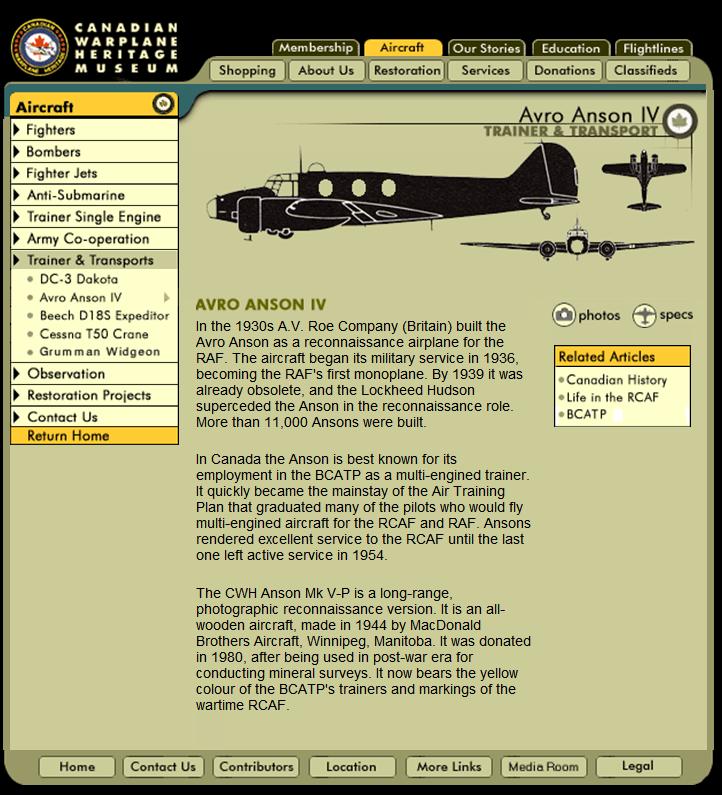I received this comment on my blog two weeks ago…
My father was a navigator with 23 SQN stationed in Sardinia, Sergeant Albert Ginger Collar.
I have a photo taken of the Squadron aircrew the day they arrived in Sardinia. that is what I was told.
My father is not in the photo because he was taken short and had to run behind the hut.
He survived the war dying in 1976.
Yesterday Mike sent me this picture.

The picture is dated February 1944.
What is bizarre is this is written in French: Février 1944
Here is the picture I showed you last week.
This is Sergeant Collar with a pilot back in England. That was before the move to Sardinia according to Mike.

This is what Mike said…
Hi Pierre,
Trying to find that picture I promised, but unable to locate it at the moment, but will keep looking.
Have enclosed a picture of my father and his pilot, I hope that you find this interesting.
The story my mother told me what happened, was that another pilot was nervous taking off because the aircraft (a Blenheim) had a tendency to swing to one side. Dad’s pilot decided to go up with him, but they crashed and died on takeoff.
I assume it was another squadrons aircraft, because dad was in Mosquito’s at the time. What upset my father was when went to see him in the mortuary the following day, he found to his horror that his friend was still smouldering.
This is what I could find on the Internet about the whereabouts of No. 23 Squadron…
At the start of the war the squadron was equipped with the Blenheim IF, and it retained this barely adequate night fighter for the next year and a half.
From the start of the war until December 1940 the squadron was used as a defensive night fighter squadron, although as its Blenheims were not yet equipped with radar they had very few successes.
The Blenheim was better suited for the night intruder mission, and on the night of 21-22 December six Blenheim’s IFs of No.23 Squadron took part in the first night of Operation Intruder, attacking German bomber bases in Normandy. For the next two years the squadron would operate as an intruder squadron, attacking German targets in occupied Europe. During this period the Blenheim was replaced by the Havoc and then the Boston III, before in July 1942 the first Mosquito NF.Mk IIs arrived.
Rickard, J (28 May 2008), No. 23 Squadron (RAF): Second World War, http://www.historyofwar.org/air/units/RAF/23_wwII.html

















